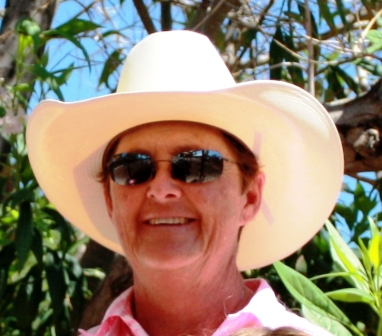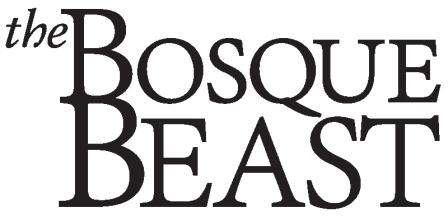
Back to Basics
Going back to basics is always a good idea, and what a great time of year this is to revisit some of these techniques! Bending and stretching your horse’s neck and body are great way s to complement your conditioning program.
Just as it is beneficial for humans to begin exercise by stretching, we can do the same for our horses. Interestingly enough, this not only benefits their bodies but their attitude as well. I will share with you a few exercises you can use to help your horse become more flexible and obedient. Do these only with a horse that you trust and that is comfortable being touched everywhere.
Starting dismounted, you can teach a horse to reach around to his shoulder with a treat. If you listen closely, you may hear his neck pop. Some horses may be so stiff it will take them time to reach all the way.
The other stretch I like is beneficial to the splenius muscles and the longissimus dorsi, which are some of their top-line muscles. Have your horse put his head between his front legs, with legs square in front. Put your arm between the front legs from behind and get his attention with the treat. As he becomes interested, drop the treat down and back behind his legs. As he becomes more flexible, you can move the treat back further. His feet must stay flat on the ground.
Another easy stretch for the shoulders can be done by facing your horse and lifting his front leg, holding it just above the knee. Then stretch it forward and up. This also pulls the skin out from under the girth/cinch to keep it from getting pinched.
When mounted, I like to use an English snaffle to do the following exercises. It’s the best tool to give direct feeling to the mouth. If you care to have a little more control, you can add a running martingale.
The first exercise is turning in a simple circle. But sometimes drawing a circle with a horse is not so simple! The horse will certainly turn, but you want him to bend his body and follow his head. Using the inside rein and inside leg, get him to begin giving to the curve of the circle. If he is cutting across the circle and not following his head, you may need to use more leg or a little tap with a whip to send him forward into the bend. Switch directions often, and make the circle smaller as your horse begins to understand. You will soon find him becoming centered in body as well as mind.
My favorite saying is “give them a job.” If my horse is a little excited when I get on, I will immediately give him something to think about by engaging mind and body, gently turning and switching directions. It is amazing how well this works. As you move to the trot, your circles will grow larger. This is a very simple exercise, but not easy.
Another exercise I use is to gently pull his head toward his shoulder, as with the treat earlier. From a standstill, start to pull his head around to the shoulder. It is important to keep your hand at waist level or lower. When you feel resistance, stop and hold. Soon you will be able to draw his head over to the shoulder with little resistance. You can even practice letting go and having your horse leave his head there until you invite him to straighten it again.
I think you will enjoy helping your horse become a more flexible athlete. Developing him physically and mentally will have great rewards for both of you!
Kathy G. O’Neal runs Livery Training Stables in Corrales, where she teaches both English and Western riding to adults and children, trains riders for competition, and boards horses.
